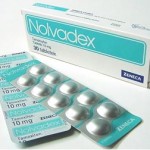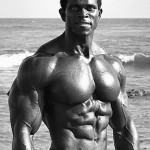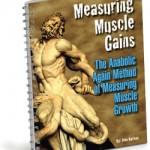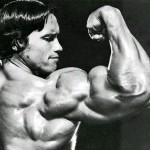 It’s been a while since I’ve updated some pics.
It’s been a while since I’ve updated some pics.
I took these at the gym today, they aren’t great, but L wasn’t around to take them with the regular camera. I’ve got about 5 more lbs I want to drop.
Stats on these pics:
Height: 5′ 11″
Shoulders: 51″
Waist: 32.5″
Weight: 178.5
Arms: 16″
Calves: 16″

This is also in a pretty low cal state so I may end up having bigger measurements once I get to 172 ish and back to normal eating.
B






